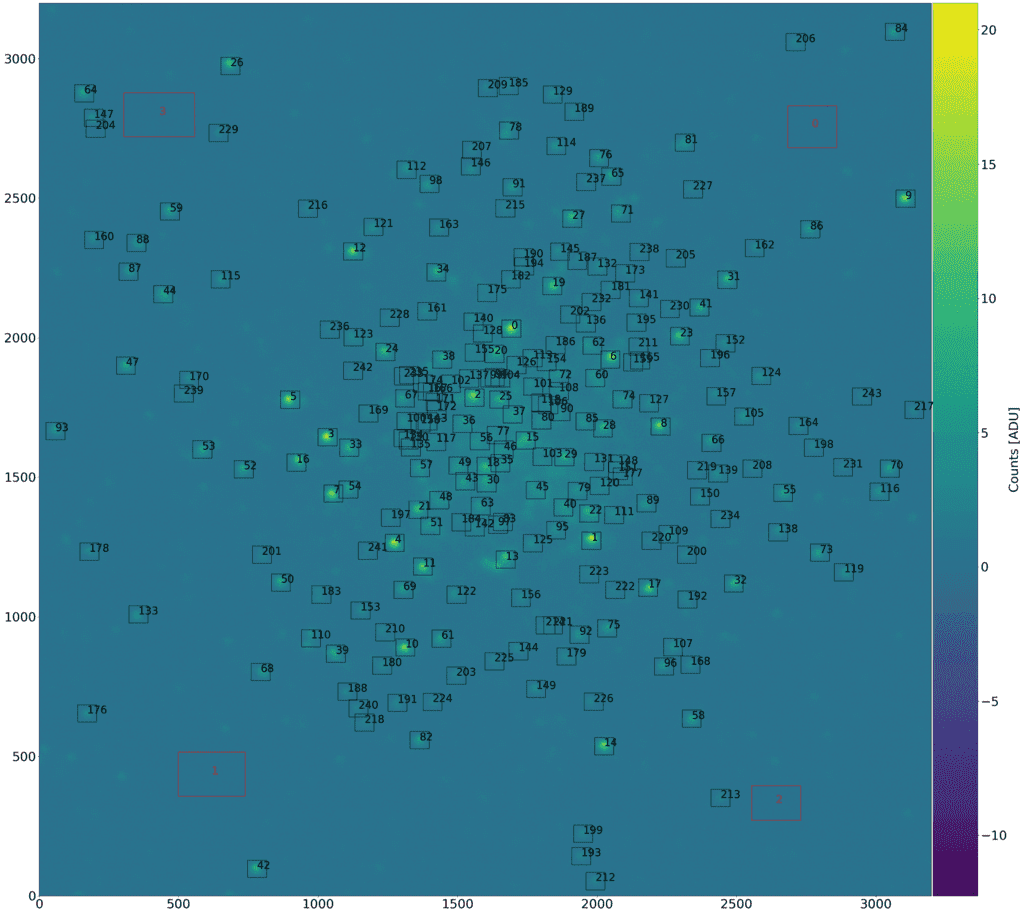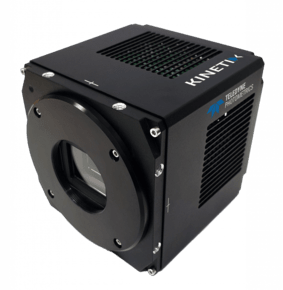High-Speed Starscape Astronomy
Prof. Richard Gomer
Interdisciplinary Life Sciences Building, Texas A&M University, TX, US
Background
Prof. Richard Gomer at Texas A&M University is involved with astronomy research beyond the reaches of the solar system. Prof. Gomer told us more about his research, "A simple question in astronomy is whether or not there is material associated with the solar system well out past the orbit of Pluto. There is good evidence of something called a Kuiper belt, but way out further past that, halfway to the nearest star, there might be a spherical collection of icy, rocky objects called the Oort cloud, but nobody has been able to detect it as these objects are so small and so far away."
"One way we can detect objects from the Oort cloud is if they pass in front of a star, we would see light from that star blink off and blink back on again."
Prof. Gomer and his colleague James Hitchcock use telescopes located in western Texas to look at rich clusters of stars and try to observe events that may prove the existence of the Oort cloud.

Figure 1: Image of a starfield taken by the Kinetix sCMOS. The image shows the full 3200x3200 pixel sensor (indicated by axis labels)
and includes an intensity scale to the right. Stars in the image are identified by black squares and colored depending on
the light intensity, with the red squares used for background correction.
Challenge
This demanding application requires gathering light intensity data from distant stars, a process complicated by the Earth's atmosphere, orbit, and the limited amount of imaging time available each night. Prof. Gomer further explained the challenges involved with his research, "Due to the small size of these objects, and the fact that the Earth is moving in its orbit, what you end up with is the light of the star blinks off for just a few milliseconds, and these events are really very rare."
"We could use detectors that are just one pixel and can detect rapid changes in light, but we'd only be able to look at one star. The ideal thing would be to look at a field of stars, so you'd have many chances to observe an event."
The more stars in the camera's field of view, the more opportunities to observe an event, and the more reference points available to compare these events to. This requires a camera with a large field of view that can also image at a high speed in order to capture these millisecond-scale events.
There’s really nothing like the Kinetix, nothing that can run as fast over such a large format sensor.
Prof. Richard Gomer
Solution
The Kinetix is the ideal combination of speed and field of view, able to acquire images extremely fast across a large 10 megapixel, 29 mm sensor. The Kinetix has the temporal resolution to capture these rapid events, the spatial resolution to differentiate different star clusters (due to the small pixel), the sensitivity to determine small fluctuations in light intensity from each star, and the sensor size to image an entire star field, maximizing the chances of recording an event.
Prof. Gomer told us about his experience with the Kinetix, "Up until 2020 we weren't able to find imagers that could do 500 frames a second across a large format sensor, but then along came the Kinetix, and it was just perfect. There's really nothing like the Kinetix, nothing that can run as fast. This wouldn't have been possible without the amazing Teledyne Photometrics staff, especially Angela Mills and Rachit Mohindra."
"We captured data in both the Speed mode, which is just insanely fast, and the Sensitivity mode, which has really good noise levels. We are using custom software that takes in a Kinetix image, subtracts the background and adds up the data values of each star, we can then plot the brightness of each star over time."

Learn More About The Kinetix
Download This Customer Story